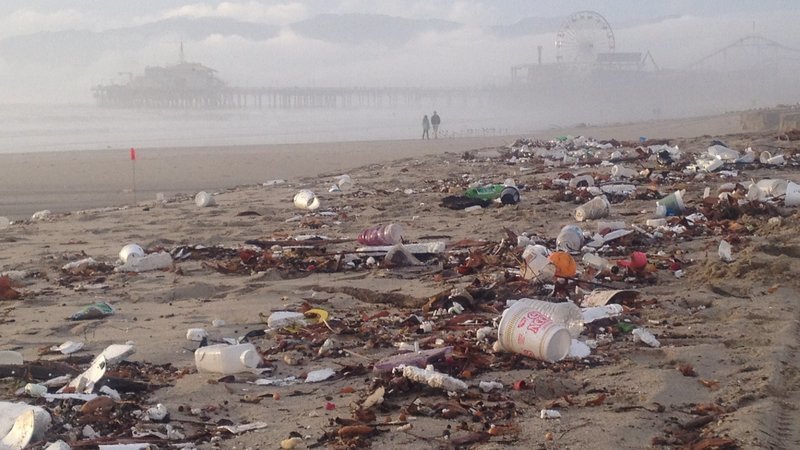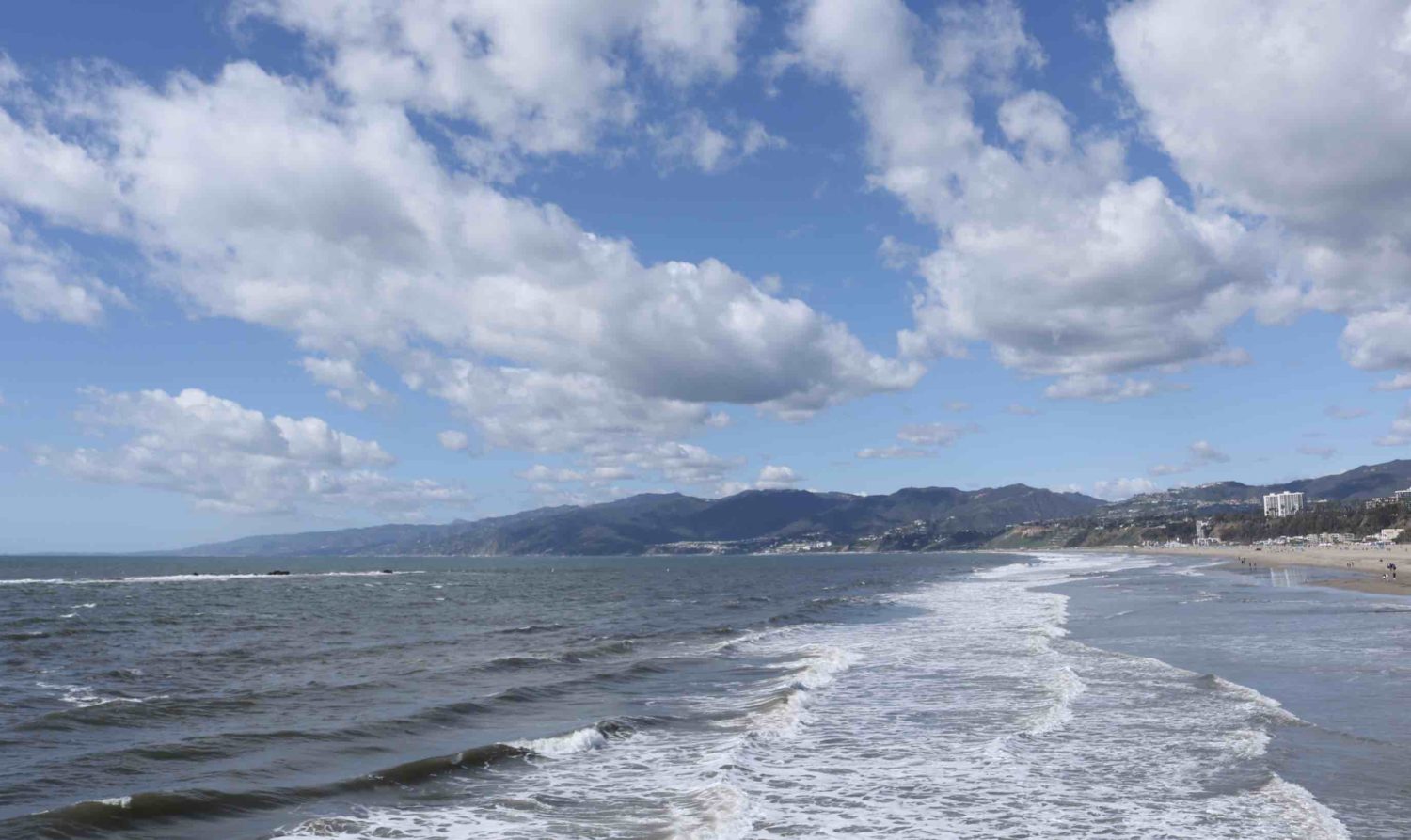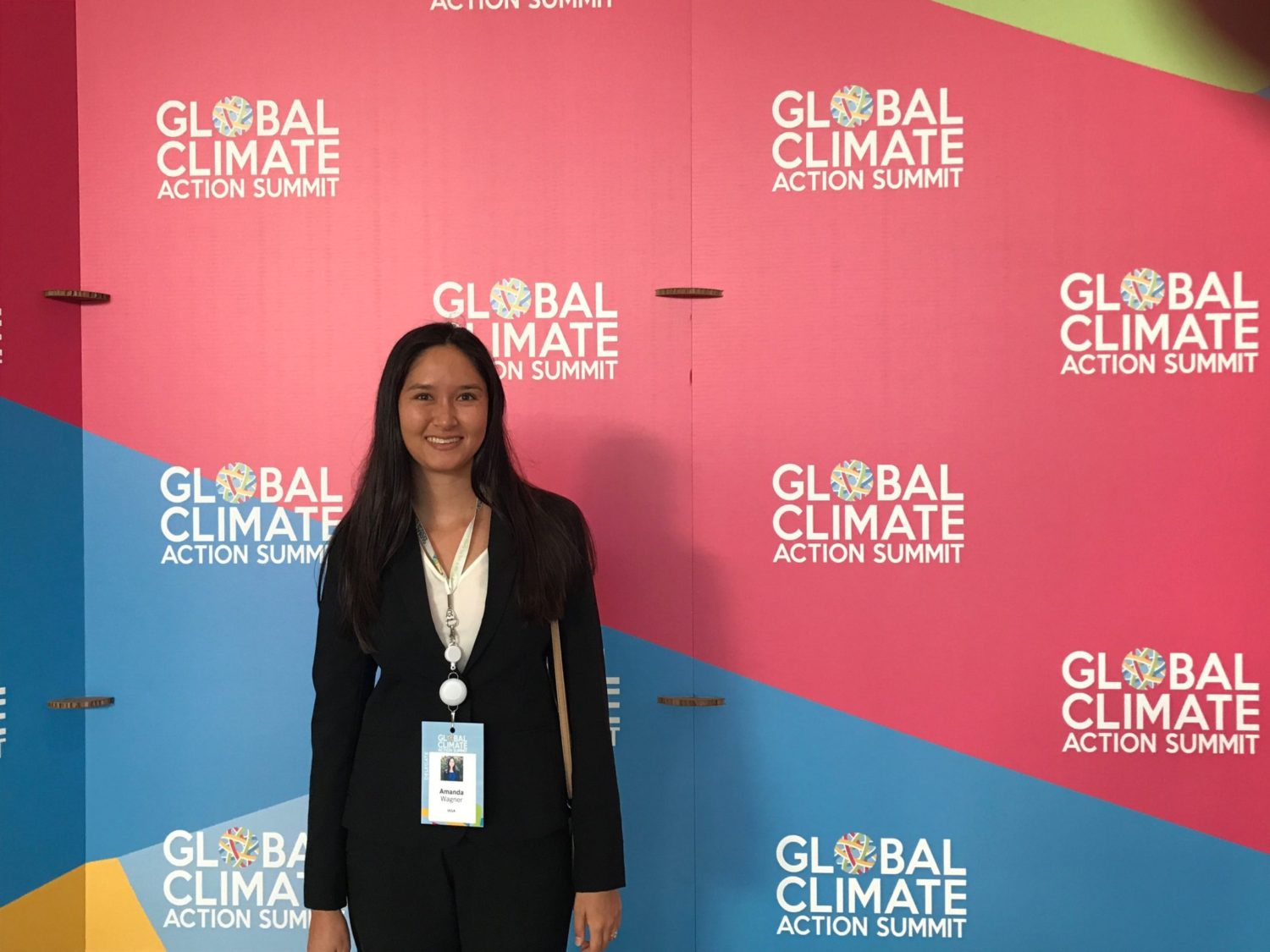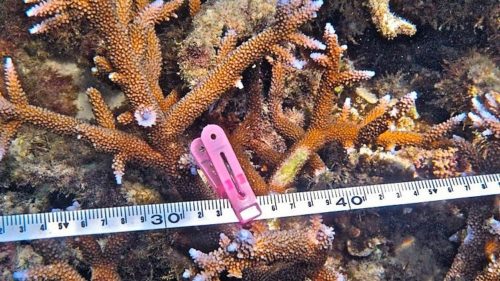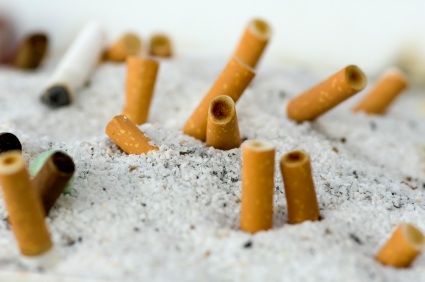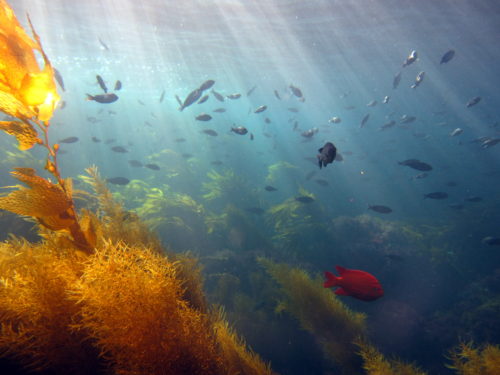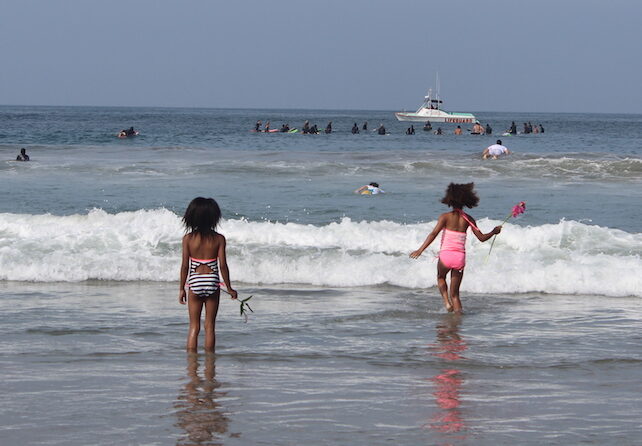Our team at Frogspot in Elysian Valley. The LA River’s soft, mud-bottom sections are capable of supporting vegetation and wildlife.
In the summer of 2019, Heal the Bay’s team of water quality monitors spent many sunny days gathering freshwater samples from Malibu Creek State Park and the LA River, and testing them for bacterial-pollution in the lab. (Dive deeper into the findings.)
We’re thankful to partner with Los Angeles Trade Technical College (LATTC) who allowed us to work out of one of their labs, managed by Manuel Robles. As always, our team included local students eager to learn about water quality and public health. Along with sampling, this group also took part in outreach, educating and encouraging more people to be invested in improving the health of the LA River Watershed.
Read on for some of our team’s favorite highlights from the summer
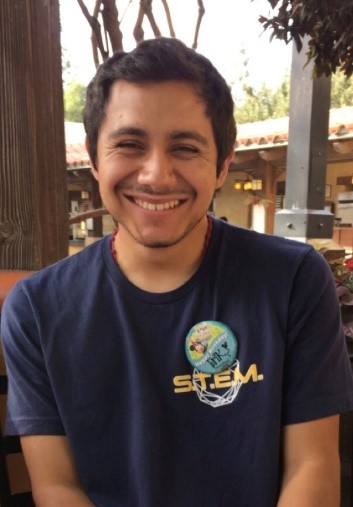 |
Erik Solis My favorite part about the summer program was not only the job itself, but the outreach to younger students who show interest in environmental science. I was able to tell them about what I do for Heal the Bay, why it matters, and how they can contribute themselves. It all comes together to make a positive impact in the community and encourage young minds to promote a cleaner L.A. watershed. I enjoyed the work I’ve done this summer, as I know I have done a huge service to the L.A. river area. I can recall this one time a couple of fishermen and women said, “Hey, the Bay healers are here!” Another favorite part was participating in the Coastal Cleanup day on September 21st, as not only was I able to meet a lot of people, talk to students, and clean up a river, but I was also able to bring my family out to participate and enjoy doing their part in doing a service to the Greater Los Angeles Area. I have also enjoyed the lab work, but it was a little overshadowed by the field work. |
 |
Stephanie Alvarez As someone who grew in Los Angeles I wasn’t as aware of how much nature we still have in the city, and I want to help protect it and the people who want to enjoy it. My most favorite memory was when a few of us got to speak to high school students and saw how most of them grasped the urgency of keeping our water clean. They all had their own unique ideas and all agreed that keeping our waters clean was very important. This gave me even more hope that we will be able to save our bodies of water. As someone who wants to help find ways to clean water, in an effective and cheap manner, this experience helped me see the problem in different angles. I went into this program thinking only of how to clean water to drink it, and now I am thinking about how we can make it clean enough for people to swim in and wildlife to thrive in. This program helped me gain experience in the lab and helped me dream bigger. We were so lucky to have worked alongside many amazing people, and I wanted to thank Luke for being an amazing leader! I suggest, if you are reading this and you want to help your planet, to get involved. There are so many programs and events that you can sign up for free. Change always starts with one person! Together we can save our planet and our wildlife! |
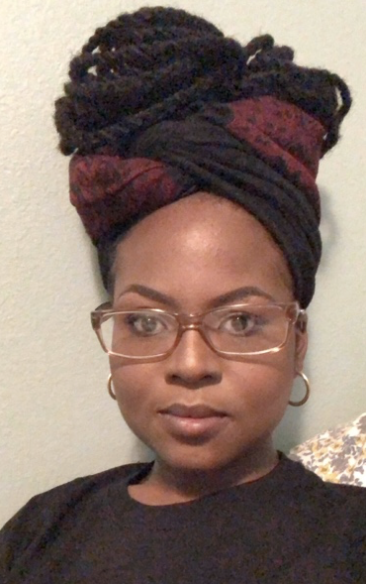 |
Blaire Edwards I started off by trying something different and left with an abundance of information about the environment around me. My favorite part of this experience had to be learning about all the matters happening environmentally and what I can do to get more involved and help make a difference. |
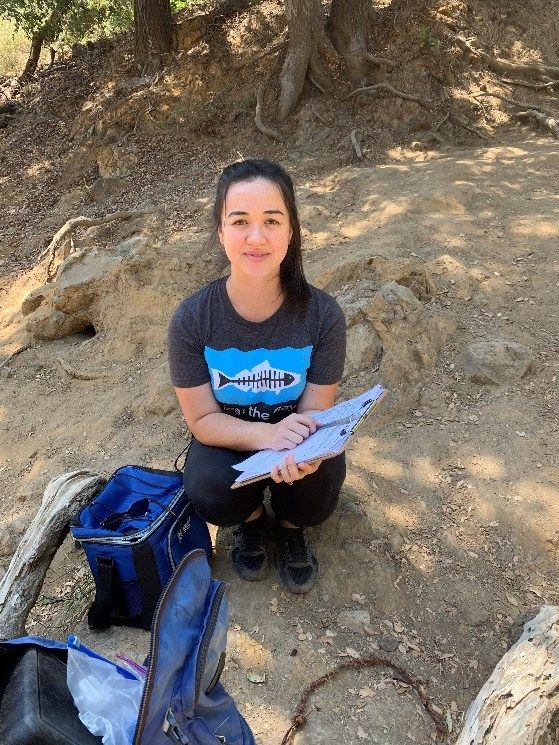 |
Christina Huggins With so many adventurers heading outdoors to enjoy the summer weather, the highlight of sampling water quality for Heal the Bay this summer was the opportunity to connect with the community and educate them about their environment. From early morning hikes through the Santa Monica Mountains to curious explorers and hikers asking questions about our yellow boots and sample bottles. Getting the opportunity to be a part of keeping the public informed about freshwater quality has given me a new direction in my career and educational path. |
 |
Michelle Allen The biggest highlight of working on the team this summer is knowing that what we do and the information we collect makes it to the general public. The fact that our samples that we test affect people’s choices to make safer decisions, is a huge part of why I love being a part of this team. Collecting samples is always something fun to me. I love the fact that we go out into nature and see how the land changes each time we go out while meeting people along the way. |
 |
Olivia Garcia My favorite part of the summer was collecting water samples for analysis. I liked being able to see, understand, and make note of the factors that could potentially contaminate the water quality in the river. I was also fascinated with the quality control protocol. I gained a lot of knowledge about the importance of consistency in documentation and testing, and a better intuitive understanding of quality control as a whole. It’s hard to pick out what the overall highlight of the summer was because it was all so amazing. |
Learn more about our summer of freshwater sampling and our River Report Card.






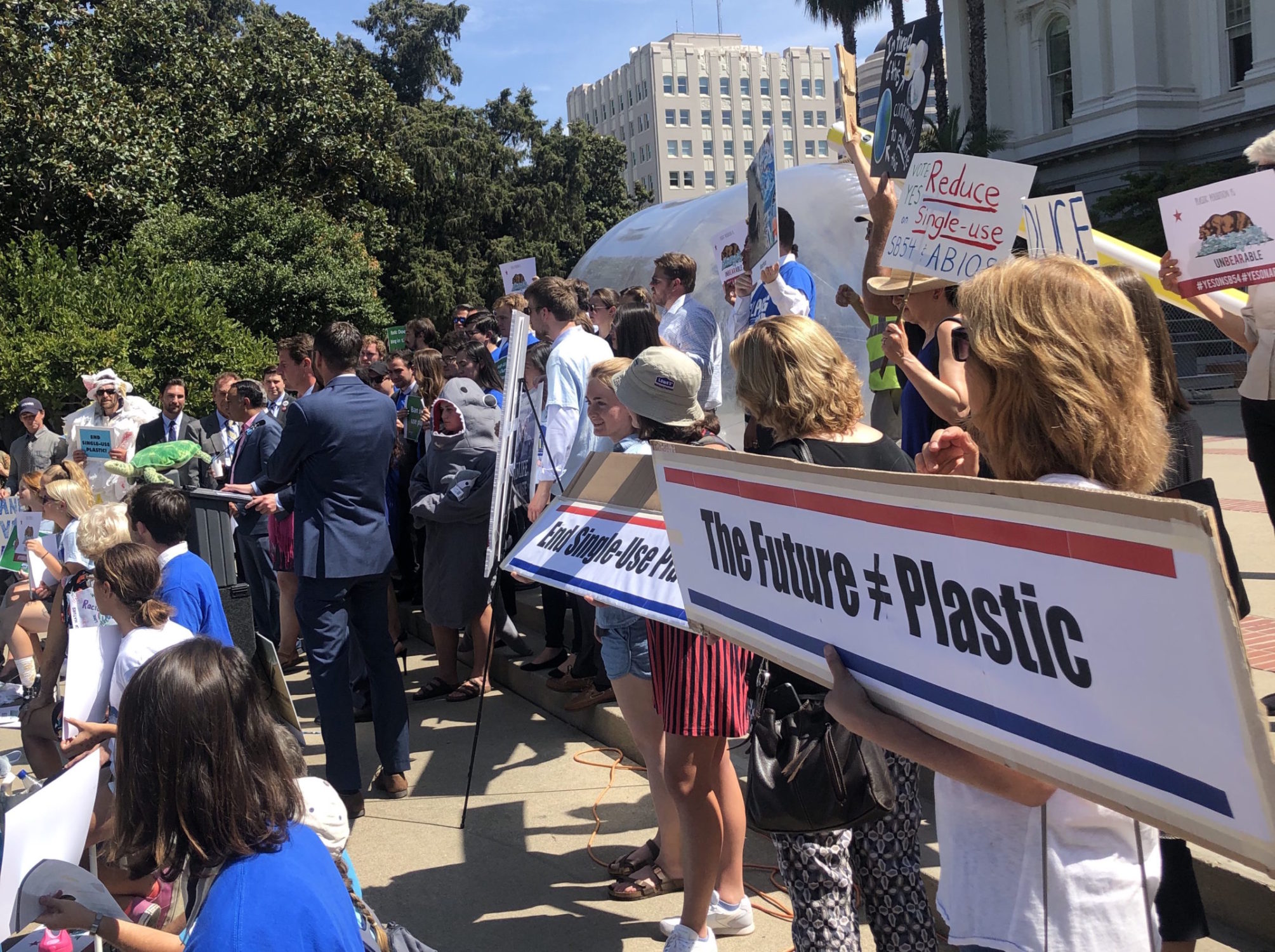
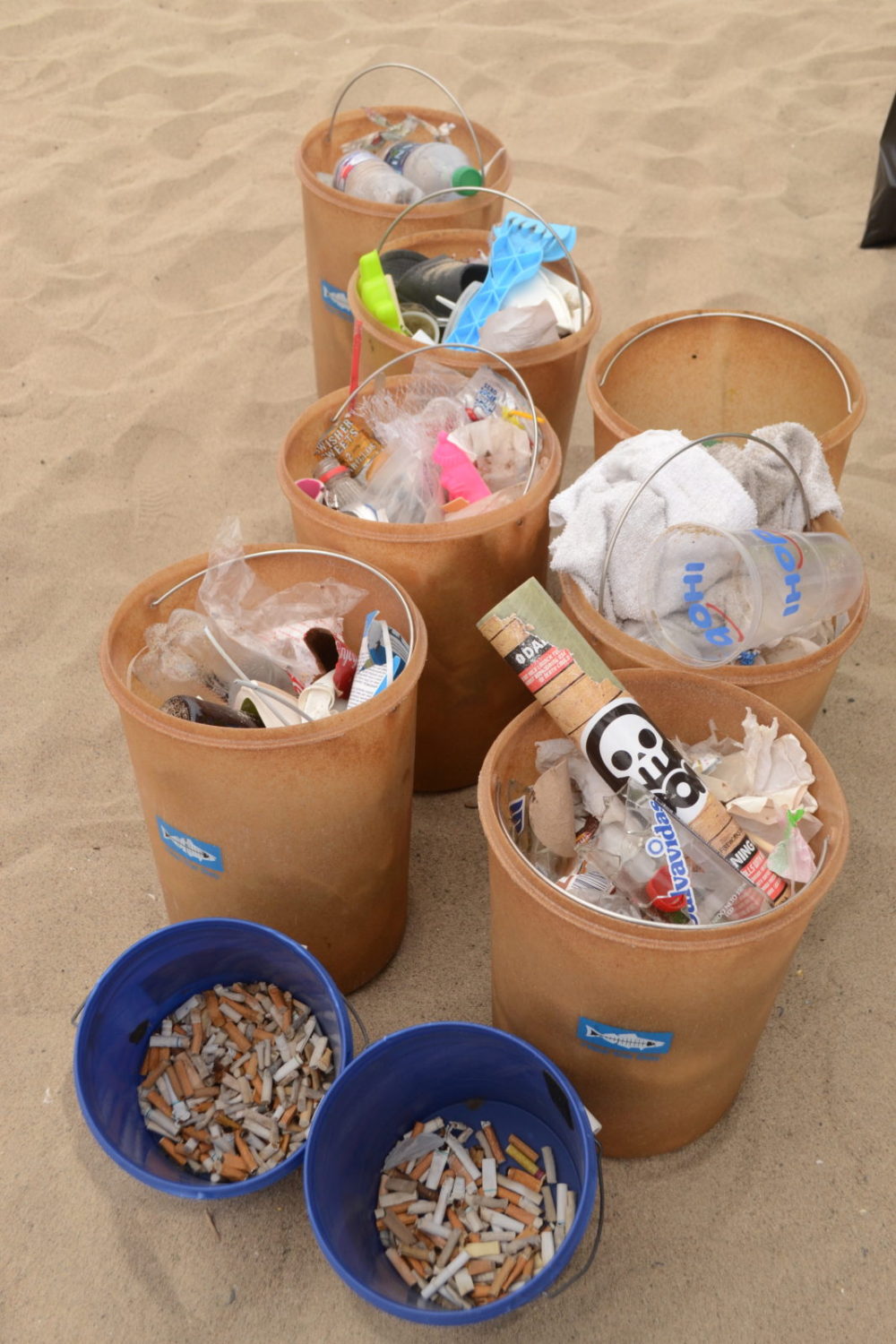
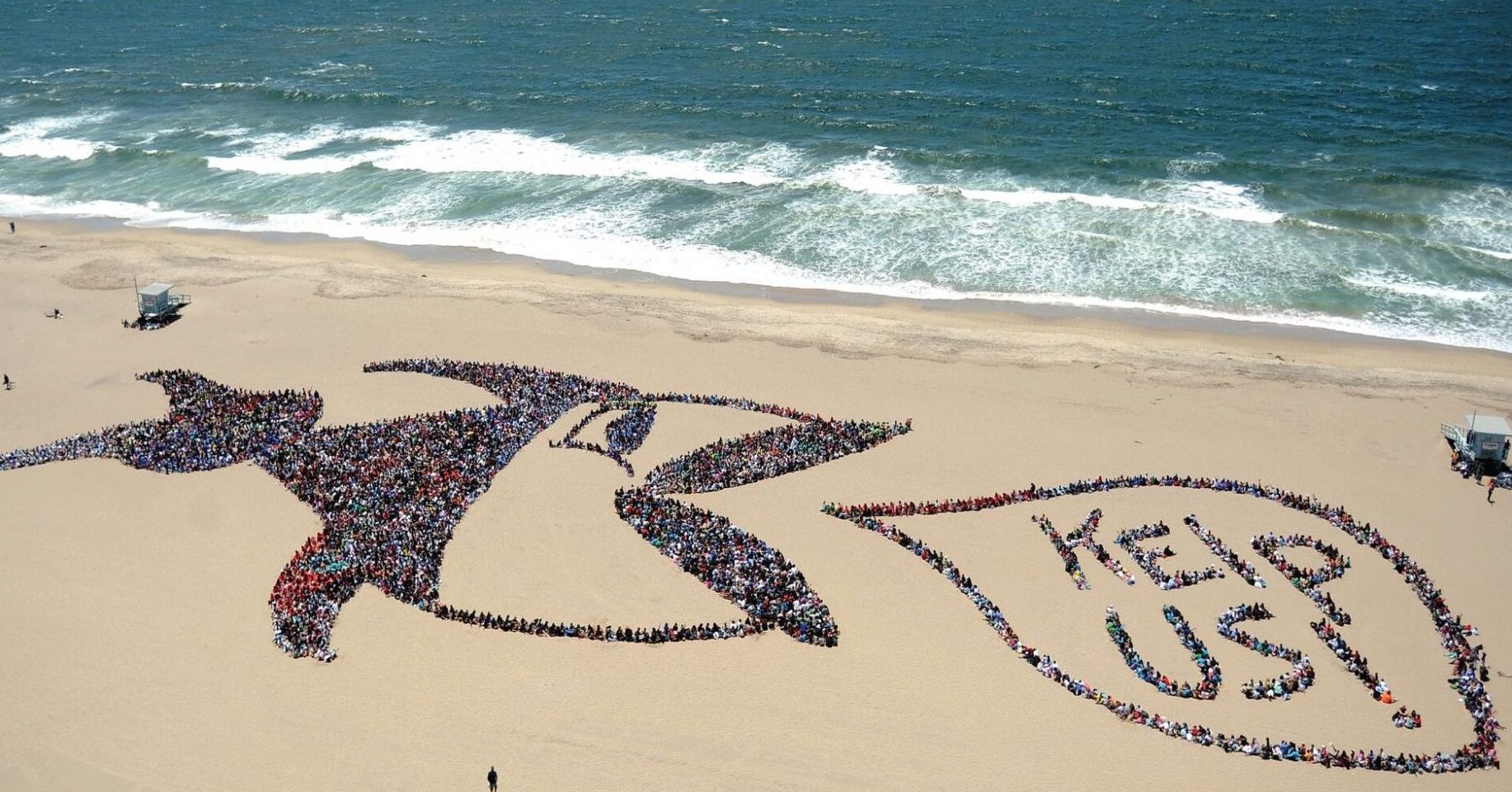 Photo by: Kids Ocean Day
Photo by: Kids Ocean Day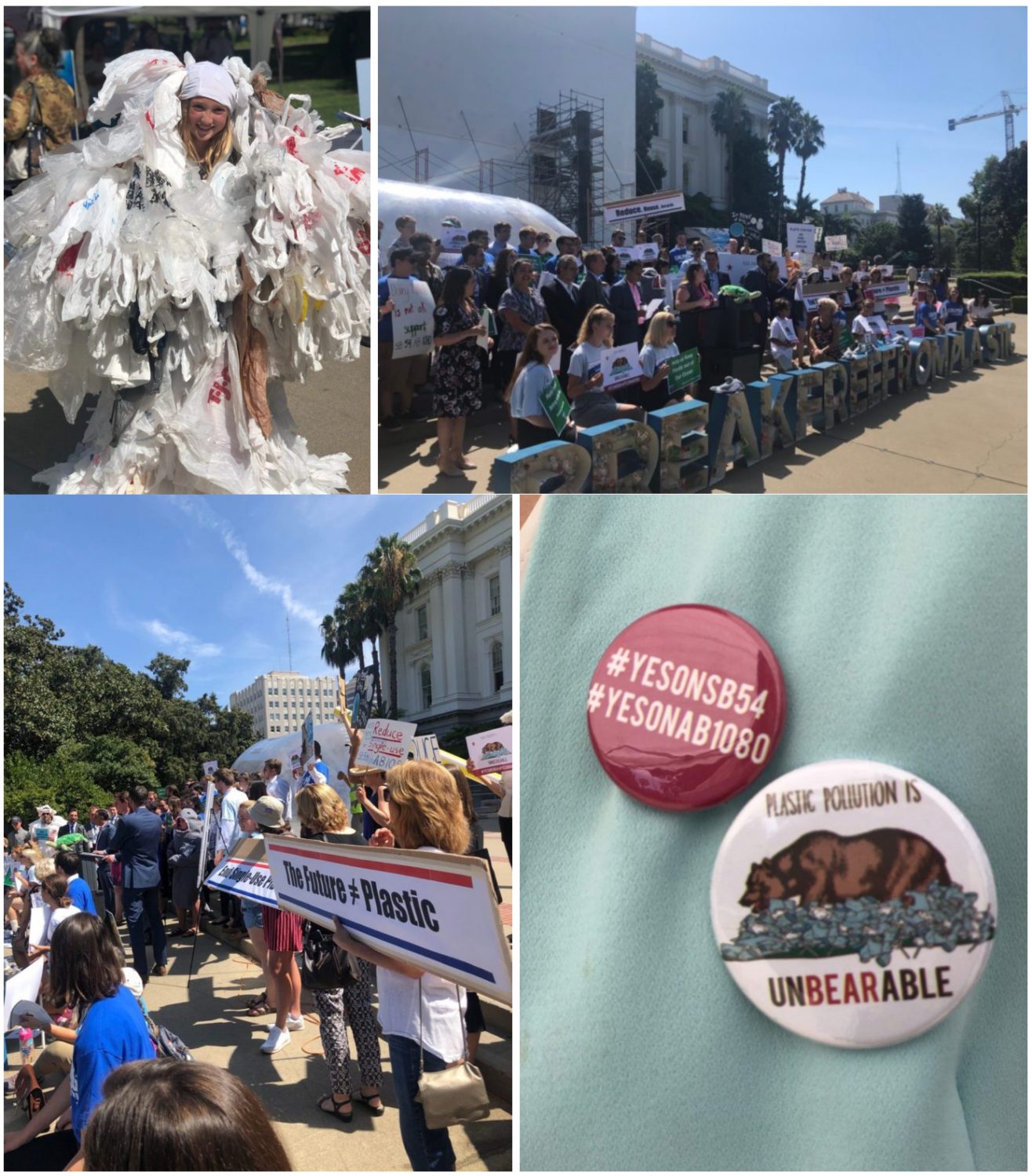


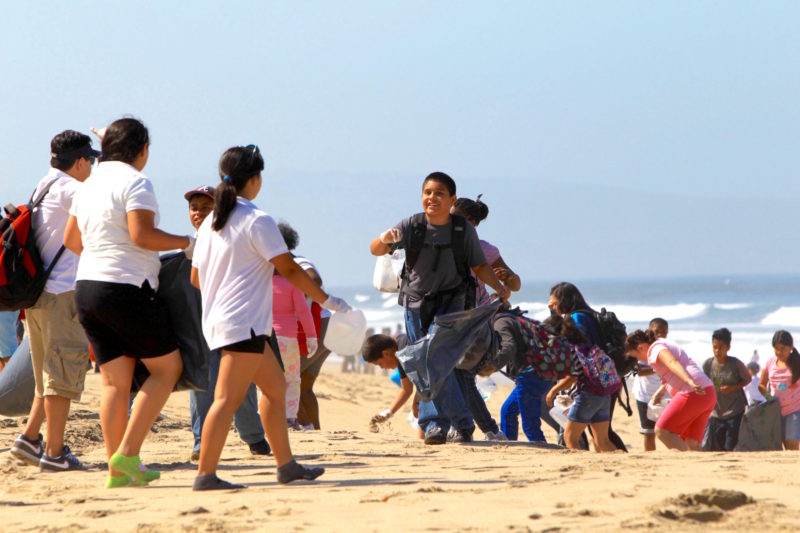
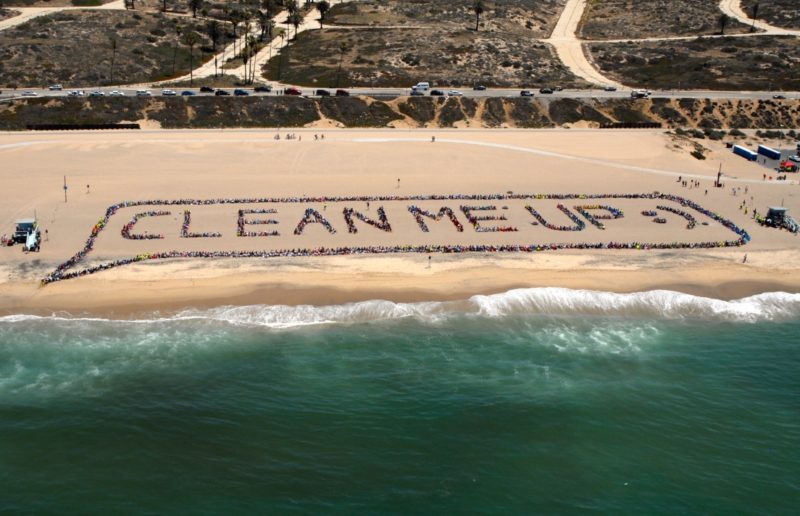 An aerial view of Kids Ocean Day 2014
An aerial view of Kids Ocean Day 2014